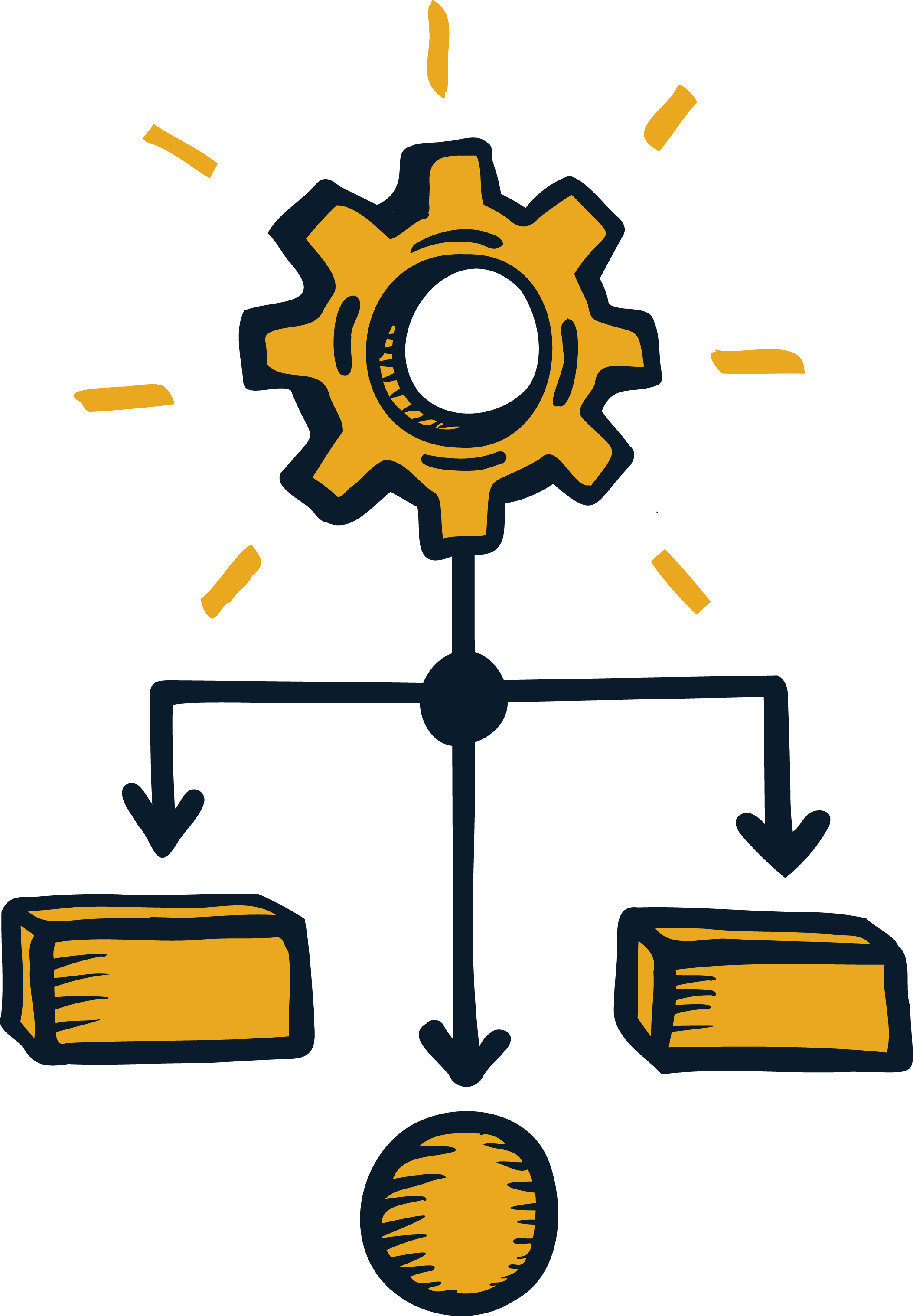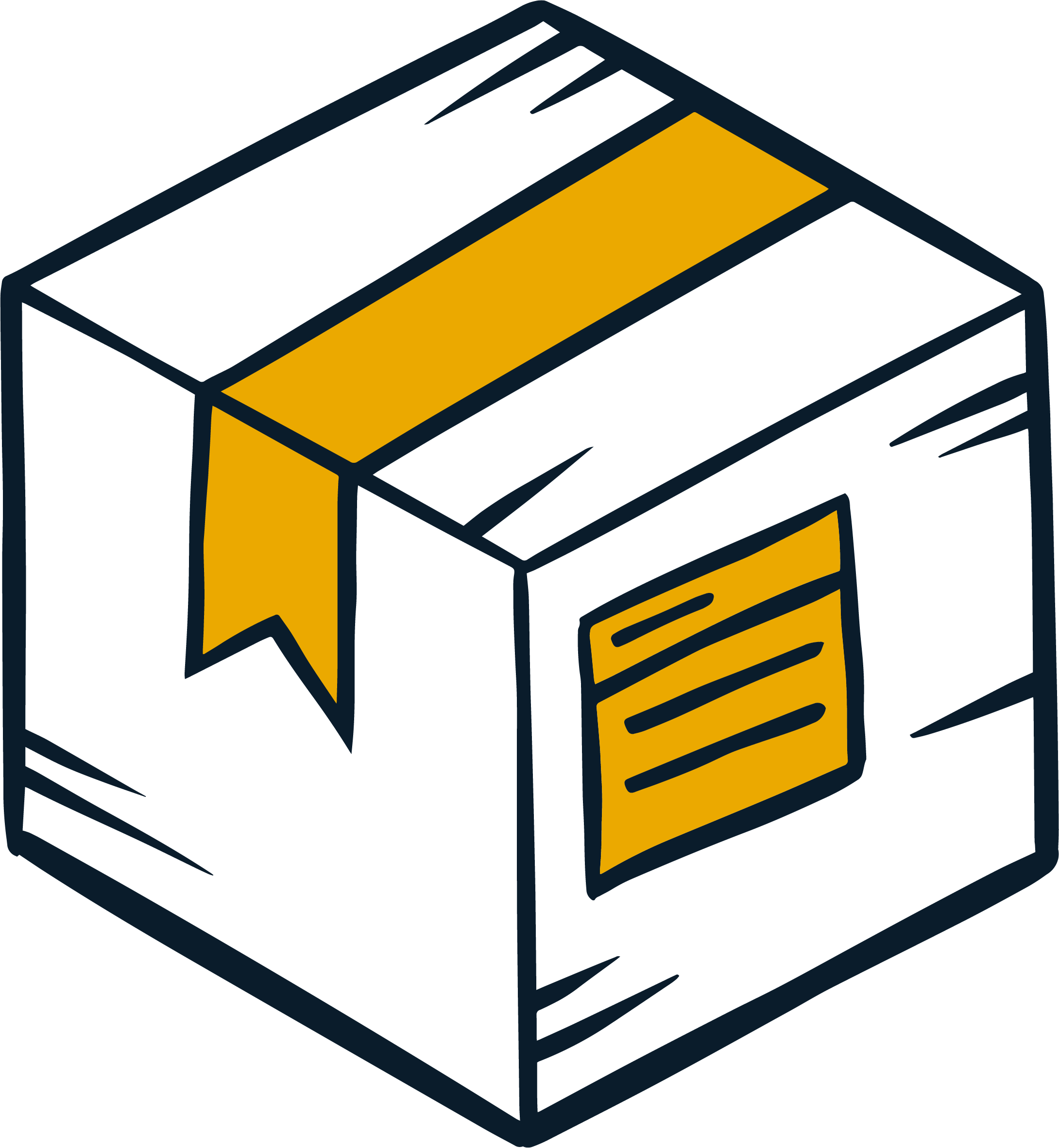IT Asset Management (ITAM)


The MSP industry is as varied as it is vast. But despite their differences, they all have a common core: IT Asset Management (ITAM).
ITAM is the process of managing your clients' IT assets throughout their usable lifespan to optimize the value they provide. From initial purchase to disposal, ITAM covers the process of lifecycle management. ITAM helps you manage workstations, servers, software, network equipment, and more.
Even if you aren’t thinking about it, you are doing some form of asset management. That’s why it’s vital for MSPs to be proactive and strategic in the way they tackle ITAM.
Following a client’s assets from procurement to disposal has been a proven method to successful service from MSPs. By becoming a part of the client’s process, MSPs go beyond being contracted service providers and become natural partners to their client’s businesses.
The benefits to both clients and MSPs are wide reaching. Every stage of the IT asset lifecycle opens up several opportunities to provide value.
































